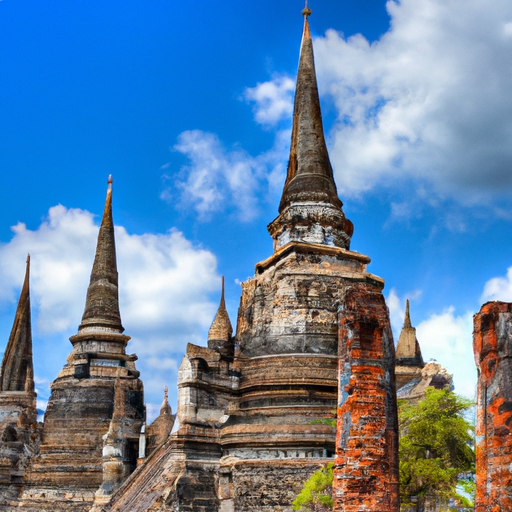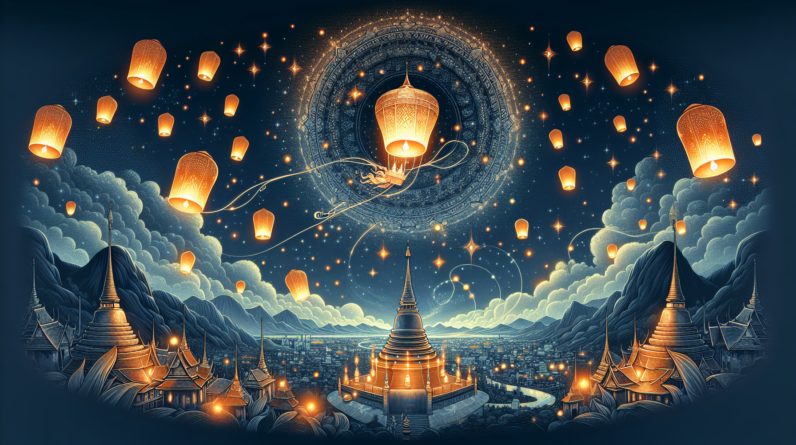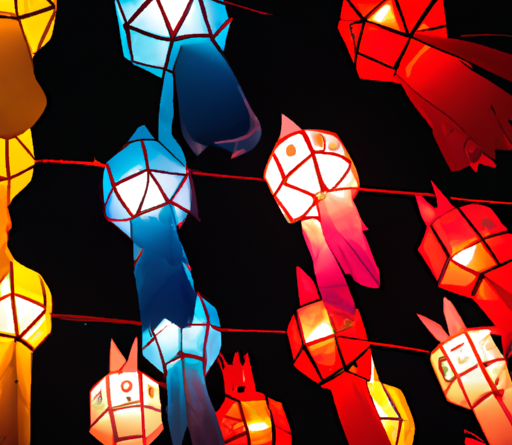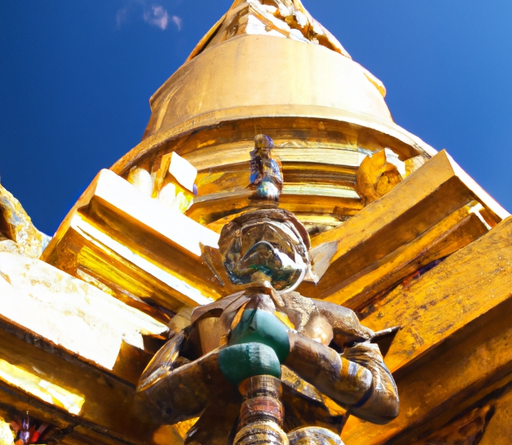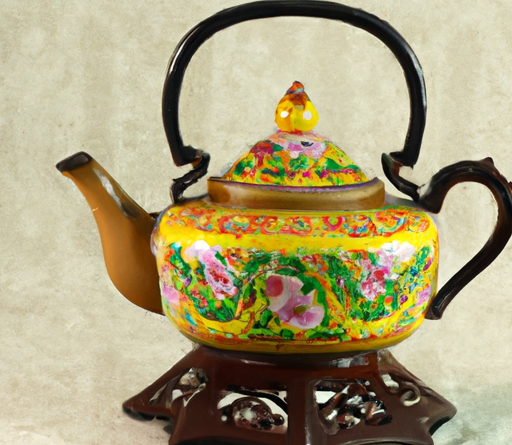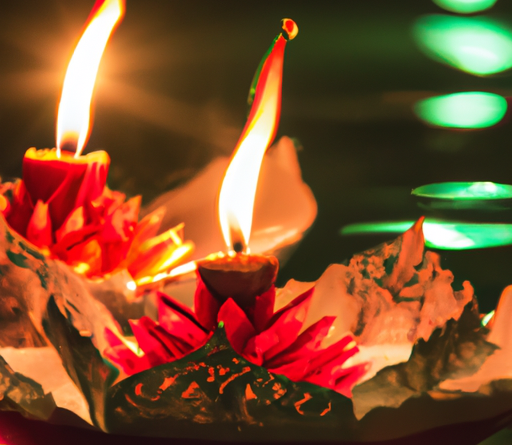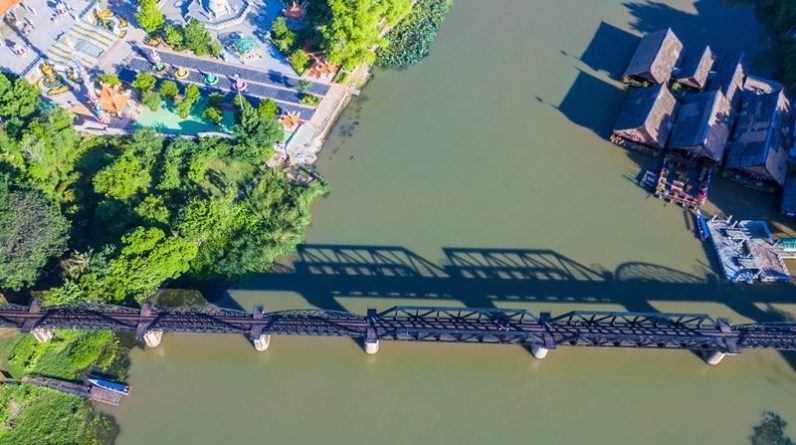
Hey there! Have you ever wondered about the fascinating history and breathtaking beauty of the River Kwai? Well, get ready to dive into a world of adventure and discovery. In this article, we’ll take you on a journey through the captivating story behind the River Kwai and unveil the stunning scenery that surrounds it.
But that’s not all! We’ll also delve into the historical significance of the River Kwai and how it played a pivotal role in World War II. From the infamous Bridge over the River Kwai to the moving stories of the prisoners of war, you’ll gain a deeper understanding of the events that took place in this historic setting. On top of that, we’ll reveal the hidden gems and natural wonders that await you along the river, from pristine waterfalls to lush jungles. So, sit back, relax, and get ready to embark on an unforgettable journey along the River Kwai. Stay tuned for more!
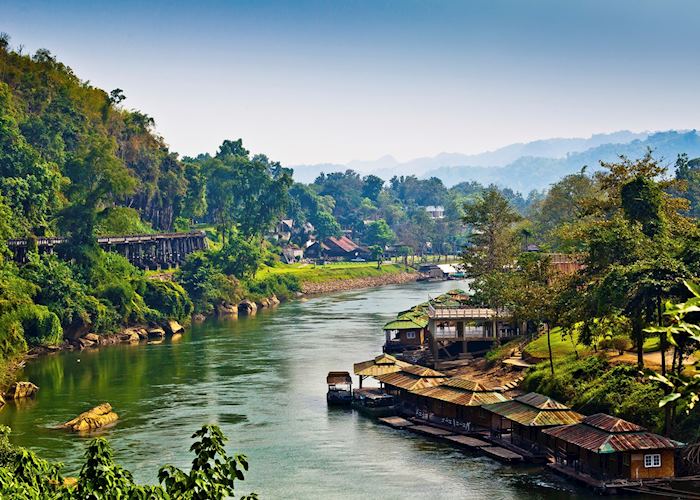
This image is property of cdn.audleytravel.com.
The River Kwai: An Introduction
The River Kwai is an iconic river located in Kanchanaburi Province, Thailand. Known for its historical significance and breathtaking natural beauty, the River Kwai attracts thousands of visitors every year. In this article, we will explore the origins and meaning of the name, its geographical location, historical significance, and its impact on local culture and the environment.
Origins and Meaning of the Name
The name “River Kwai” may sound familiar to many due to its association with the famous novel and film “The Bridge on the River Kwai.” However, the original name of the river is actually “Maenam Khwae,” which means “Buffalo River” in Thai. The mispronunciation of the “Khwae” as “Kwai” by foreigners in the past led to the popular usage of the name “River Kwai” today.
Geographical Location
The River Kwai flows through the western part of Thailand, specifically the Kanchanaburi Province. It originates from the confluence of two smaller rivers, the Ranti and Songkalia, and stretches for approximately 370 kilometers before merging into the Chao Phraya River. The river passes through stunning landscapes, including lush forests, scenic mountains, and charming villages.
Historical Significance
The River Kwai has played a significant role in Thailand’s history, particularly during World War II. The construction of the Death Railway and the infamous Bridge over the River Kwai marked a dark chapter in human history. However, over the years, the river has transformed into a symbol of peace and remembrance.
Historical Background
Construction of the Death Railway
During World War II, the Imperial Japanese Army sought to establish a railway line from Thailand to Myanmar to facilitate the movement of troops and supplies. The construction of the Death Railway, also known as the Burma-Siam Railway, began in 1942. It was an arduous task undertaken by forced labor, including Allied prisoners of war and Asian laborers. The harsh conditions and brutal treatment resulted in the loss of thousands of lives.
World War II and Japanese Occupation
The River Kwai area was under Japanese occupation during World War II. The Japanese army established military camps and used the nearby mountains as strategic lookout points. It was a challenging time for both the local population and the prisoners of war who were subjected to forced labor and harsh living conditions.
Allied Bombing and Destruction
To disrupt the Japanese supply lines, the Allied forces conducted strategic bombing campaigns in the area, targeting railway bridges and camps. The most notable attack was on the Bridge over the River Kwai, immortalized in David Lean’s film. The bridge was partially destroyed but was later reconstructed.
Famous Bridge Over the River Kwai
Design and Construction
The Bridge over the River Kwai is a steel truss bridge that spans the River Kwai Yai. Originally constructed by the prisoners of war under Japanese supervision, it served as a crucial link in the Death Railway. The bridge stands as a testament to the resilience of those who endured the hardships of its construction.
Influence of David Lean’s Film
“The Bridge on the River Kwai,” the famous film directed by David Lean, brought international recognition to the Bridge over the River Kwai. The film, based on the 1952 novel by Pierre Boulle, depicted the lives of the prisoners of war and the challenges they faced during the construction. It won several Academy Awards and remains a significant part of cinematic history.
The Bridge Today
Today, the Bridge over the River Kwai stands as a popular tourist attraction. Visitors can walk across the bridge, take scenic train rides along the Death Railway, and explore the nearby museums and historical landmarks. The bridge serves as a reminder of the hardships endured during World War II and the resilience of those involved in its construction.
Natural Beauty and Wildlife
Breathtaking Scenery
The River Kwai is renowned for its stunning natural beauty. As it meanders through the lush green landscapes of Kanchanaburi Province, it offers breathtaking views at every turn. The serene river, surrounded by the tranquil beauty of the Thai countryside, provides a peaceful escape from the hustle and bustle of city life.
Rich Biodiversity
The River Kwai region is home to a diverse range of flora and fauna. The surrounding forests are teeming with wildlife, including elephants, gibbons, deer, and a variety of bird species. The river itself supports a rich aquatic ecosystem, with numerous fish species calling it home.
Endangered Species Protection
Efforts are being made to protect the region’s endangered species and preserve their natural habitats. The Thai government, in collaboration with local communities and conservation organizations, has initiated projects to safeguard the wildlife and promote sustainable tourism practices that minimize the impact on the environment.

This image is property of www.hintokrivercamp.com.
Tourism and Recreation
Cruises on the River Kwai
One of the best ways to experience the scenic beauty of the River Kwai is through a leisurely cruise. Several tour operators offer boat rides along the river, allowing visitors to soak in the enchanting views while learning about the region’s history and culture.
Exploring Cave Temples
The River Kwai area is dotted with stunning cave temples that offer a unique cultural experience. The Wat Tham Sua, or Tiger Cave Temple, is a popular attraction, known for its impressive limestone formations and ancient Buddha statues. Exploring these temples provides a glimpse into the religious traditions and beliefs of the local community.
Jungle Trekking Adventures
For the adventurous souls, jungle trekking in the surrounding forests is an experience not to be missed. Guided treks take you through pristine wilderness, where you can discover hidden waterfalls, encounter exotic wildlife, and immerse yourself in the beauty of nature.
Historical Landmarks and Museums
JEATH War Museum
The JEATH War Museum is a significant historical landmark in the River Kwai area. It stands as a testament to the atrocities committed during the construction of the Death Railway. The museum houses a collection of photographs, artifacts, and displays that provide insights into the conditions endured by the prisoners of war.
Kanchanaburi War Cemetery
The Kanchanaburi War Cemetery, also known as the Don Rak War Cemetery, is a memorial to the prisoners of war who lost their lives during the construction of the Death Railway. It serves as a somber reminder of the human cost of war and offers a place for reflection and remembrance.
Hellfire Pass Memorial Museum
Located within the Hellfire Pass, a deep cutting through a mountain, the Hellfire Pass Memorial Museum is dedicated to preserving the memory of the suffering and sacrifice endured by those who labored on the Death Railway. The museum features interactive exhibits and audiovisual presentations that depict the harsh conditions endured by the workers.
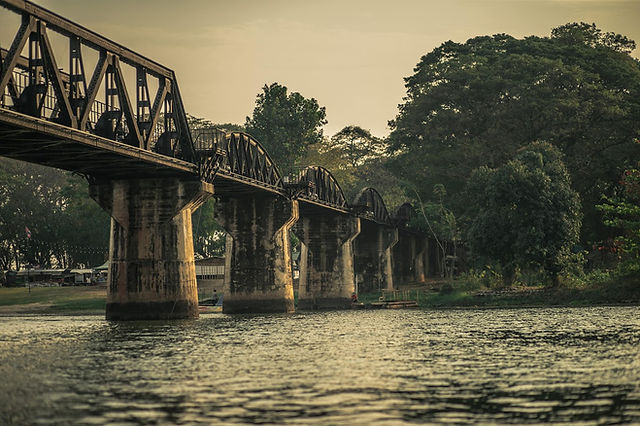
This image is property of static.wixstatic.com.
Local Culture and Traditions
Ethnic Communities
The River Kwai region is home to various ethnic communities, each with its own unique traditions and cultural practices. Visitors have the opportunity to engage with these communities, learn about their way of life, and experience their vibrant festivals and ceremonies.
Traditional Festivals
The locals in the River Kwai area celebrate numerous traditional festivals throughout the year. These festivals provide a glimpse into the cultural heritage of the region and offer visitors a chance to experience traditional music, dances, and delicious local cuisine.
Cuisine and Local Delights
No visit to the River Kwai would be complete without indulging in the local cuisine. From mouthwatering street food to traditional delicacies, the region offers a diverse culinary experience. Don’t miss the chance to savor dishes like green curry, pad thai, and sticky rice with mango, accompanied by refreshing Thai iced tea.
Impact and Legacy
WWII Remembrance
The River Kwai serves as a poignant reminder of the atrocities committed during World War II. It stands as a memorial to the lives lost and a testament to the resilience of those who survived. The river’s history is a constant reminder of the importance of peace and understanding in our world today.
Rebuilding and Development
Since the end of World War II, the River Kwai area has undergone significant rebuilding and development. The restoration of the Bridge over the River Kwai and the establishment of museums and historical landmarks have preserved the region’s historical significance and attracted tourists from around the world.
Transformation into a Symbol of Peace
Over the years, the River Kwai has transformed from a site of pain and suffering into a symbol of peace and reconciliation. The efforts made in preserving the river’s history and natural beauty have resulted in making it a popular tourist destination and a place of reflection and remembrance.
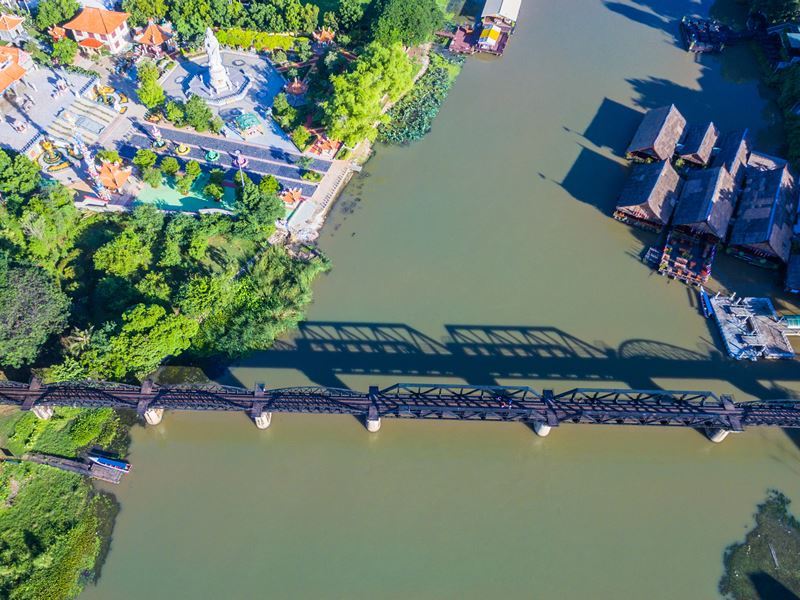
This image is property of cdn3.tropicalsky.co.uk.
Preservation and Conservation Efforts
Environmental Sustainability
Preserving the pristine natural environment surrounding the River Kwai is a key priority for the local authorities and conservation organizations. Measures are being taken to promote sustainable tourism practices, such as waste management, conservation of water resources, and protection of wildlife habitats.
Cultural Heritage Protection
Preserving the cultural heritage of the River Kwai region is equally important. Efforts are underway to protect traditional buildings, promote traditional craftsmanship, and support local communities in preserving their cultural practices and traditions.
Community Projects
Various community projects have been initiated to enhance the well-being of the local communities living along the River Kwai. These projects focus on improving education, healthcare facilities, and economic opportunities, ensuring that the benefits of tourism are shared by everyone involved.
Conclusion
Exploring the River Kwai is an unforgettable experience that offers a unique blend of history, scenic beauty, and cultural heritage. From the famous Bridge over the River Kwai to the stunning natural landscapes and diverse wildlife, the River Kwai has something to offer to every traveler. As you immerse yourself in its history and witness its natural wonders, you gain a deeper understanding of the past and a continued appreciation for the significance of this remarkable river.
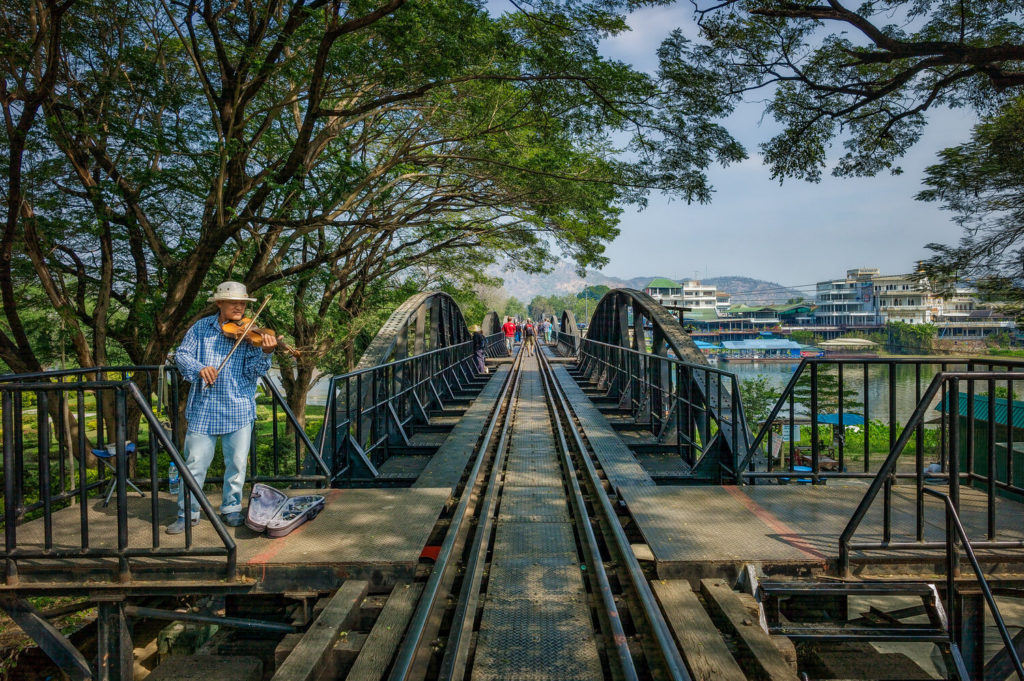
This image is property of images.squarespace-cdn.com.
